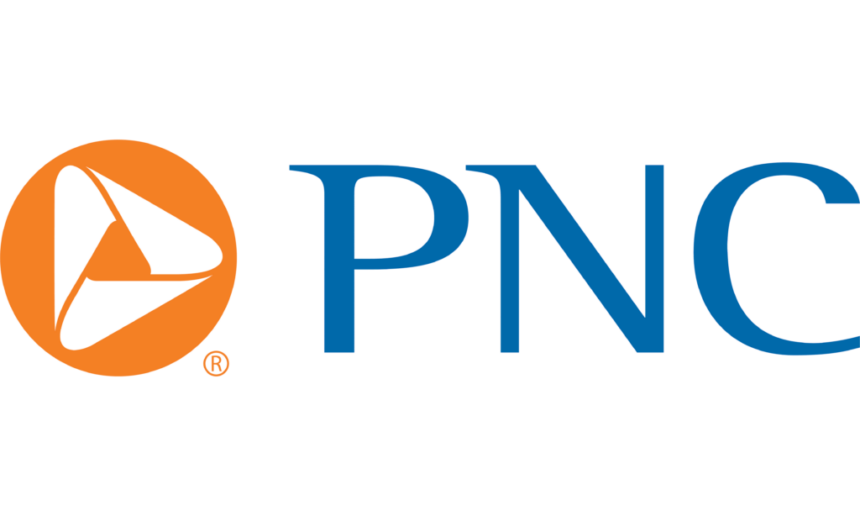COVID-19 Briefing: Practical, On-the-Ground Tips for Reopening
As our region begins the process of reopening, there are so many factors to be considered by public officials, businesses, restaurants, communities, and individuals. Key will be restoring public trust and rebuilding confidence. But where do we start?
In mid-May, the Rosslyn BID launched Rosslyn Ready, a comprehensive and customizable reentry program designed by experts to help Rosslyn’s businesses and restaurants quickly adapt to public health requirements now that Stay at Home orders are being lifted. A series of digital resources, webinars, and other tools will help businesses build a reentry plan that they can confidently execute as they modify their operations with social distancing, hygiene, and legal considerations in mind.
In the spirit of regionalism, the Rosslyn BID is now making this valuable program available to any company or community leader in the DMV. Though the Rosslyn Ready materials follow Virginia guidance and requirements, they are easily adapted by others in the District or Maryland and can serve as a helpful model for companies and the organizations that support them.
Drawing from the guidance in the Rosslyn Ready program, leading experts explain the operational and human resources changes that companies should make when welcoming back customers and employees.
Speakers:
Mary-Claire Burick, President of the Rosslyn BID
Janet Pogue McLaurin, Workplace Leader, Principal, Gensler
Jay Coldren, Managing Director, Eat + Drink, Streetsense
Henry Hillmann, Director of Disaster Services, Hillmann Consulting
Mark Viani, Shareholder, Bean Kinney & Korman PC
Watch the recording
Four key ideas from this discussion
1) Offices are not dead, but they will be different.
With the vast majority of “desk job” workers working from home—and apparently remaining productive—many have naturally asked if companies should give up offices for good. Janet Pogue McLaurin, Principal at Gensler, shared survey data showing that most employees actually do want to return to the office because they miss the feeling of belonging to a professional community and having daily, impromptu interaction with their colleagues. Only twelve percent wish to work from home full-time.
But that does not mean that office life should be the same as it was before. Employees have high expectations around social distancing and will be looking for clear systems and protocols. They also want the ability to work from home part time so that they can still enjoy some of the benefits of that arrangement. Employers can use that to their advantage to meet those social distancing expectations by establishing staggered shifts for workers and new policies for how many hours employees must be present in the office or who needs to be present in meetings.
See Gensler’s 2020 work from home survey data.
2) Companies need to establish, publish, and enforce new workplace policies.
Mark Viani, a shareholder at Bean Kinney & Korman PC, described how companies should approach workplace policies related to COVID-19. First, the policy should follow guidance from the Center for Disease Control (CDC). The company policy may not be very robust—it may simply lay out a list of requirements, such as employees must wear masks and stay home if they have a fever. What is important is that the policy is concrete, published and accessible to all employees, and updated if CDC guidance changes.
Having this established policy in place allows an employer to document instances of noncompliance and treat those instances like other violations of established company policies. Be sure to make it very clear what is guideline and what is policy, so employees know what they will be held accountable for.
Mark Viani advised that companies conduct daily wellness checks with staff, which includes a temperature scan. This is recommended by the CDC and can be done noninvasively with a thermal temperature reader.
Janet Pogue McLaurin at Gensler also recommended that companies create “Welcome Back” kits for employees to orient them to new policies, help them adjust, and offer opportunities to share concerns or struggles. Employers can even film video tours of the office to point out new office features and where behaviors are expected to change, like wiping down the copy maker or coffee pot handle after use.
3) To ready your office, think through every physical detail of office life.
Henry Hillmann, Director of Disaster Services at Hillmann Consulting, explained that employee hygiene and social distancing are the best tools for stopping the spread of disease. How your office is configured and the policies you put in place can make a tremendous difference.
It is important to think through every step of a typical employee’s path through the office, starting at the parking garage or entry and including their desk, the common spaces, copy machine, meeting rooms, bathrooms, and more. Start with the spaces you control (which may not be all spaces if you are a tenant) and look for low-hanging fruit improvements that can be made with little time and cost. This may include:
- Leaving hand sanitizer pumps in all common areas
- Installing foot petals on the doors so that they can be opened without hands, or permanently propping them open
- Spreading desks out if they are too close together
- Ordering large quantities of sanitation supplies, such as sanitation wipes, that can be placed at every desk and around the office
- Creating markers for distanced cuing in front of reception desks and other places people naturally line up
- Adding Plexiglas “sneeze guards” or other barriers between desks
Next, talk to your landlord about the policies and upgrades that can be made for the rest of the office building. Work with your landlord to coordinate with other tenants to create a good shared experience and encourage the right behaviors. You may also wish to explore high-tech and more expensive investments, such as touchless elevators or air purification systems.
If an office space has been completely unused for weeks or months, a few steps should be taken to be sure it is safe for reentry. Flush out stagnant water in the plumbing by running the faucets, coffee machines, and other places with water lines. Run the HVAC systems to fill the space with fresh air. Make sure no employee left food in their desk that is now rotten.
4) Restaurants also need to rethink everything—and for customers, this means a very different dining experience.
Jay Coldren, Managing Director of Eat + Drink at Streetsense, noted that we are all eager to be able to dine in a restaurant again, calling restaurants “a stage where we live important moments of our lives.”
He explained that restaurants that are reopening for on-site dining are navigating big changes beyond standard workplace policies and upgrades like the ones described above for office buildings. A few examples:
- Per orders in VA and many other jurisdictions, they have reopened their outdoor seating first and placed extra distance between tables.
- Many are adopting lower-touch service models that reduce the amount of time a server is at the table, such as QR codes on the tables that allow customers to order and pay for food with their smartphones. (There is a full section of the Rosslyn Ready toolkit that explores technology that restaurants can use to facilitate ordering and payment in a more contactless way.)
- In the past, restaurants tried to clean tables quickly and discreetly, but now they are putting on a “sanitation theater” and making sure to wipe down every surface—including ketchup bottles—so that customers feel safe.
Looking ahead, more changes are coming. Restaurants now are operating at a fraction of the capacity they once had and are unable to be profitable this way. To reach higher sales volumes, they may explore Plexiglas dividers between tables, streamlined take-out operations, higher reliance on reservations rather than walk-in customers, and other changes that will ultimately alter the dining experience. Some restaurant owners fear that these changes will inconvenience and bother customers, but Jay Coldren stresses that these changes will reassure most customers and help to increase sales.
Jay also noted that restaurants struggle when government policies are different in DC, MD, and VA and sometimes are event different between towns and counties. These policies all address the same things, like the percent of capacity allowed inside and outside, but little differences and misaligned timeframes make it hard for restaurants with multiple locations to adapt. A regional approach to these regulations would be in the best interest of the restaurant community.
Become a member today
We need your voice at the table to make Greater Washington a place where everyone can succeed



















